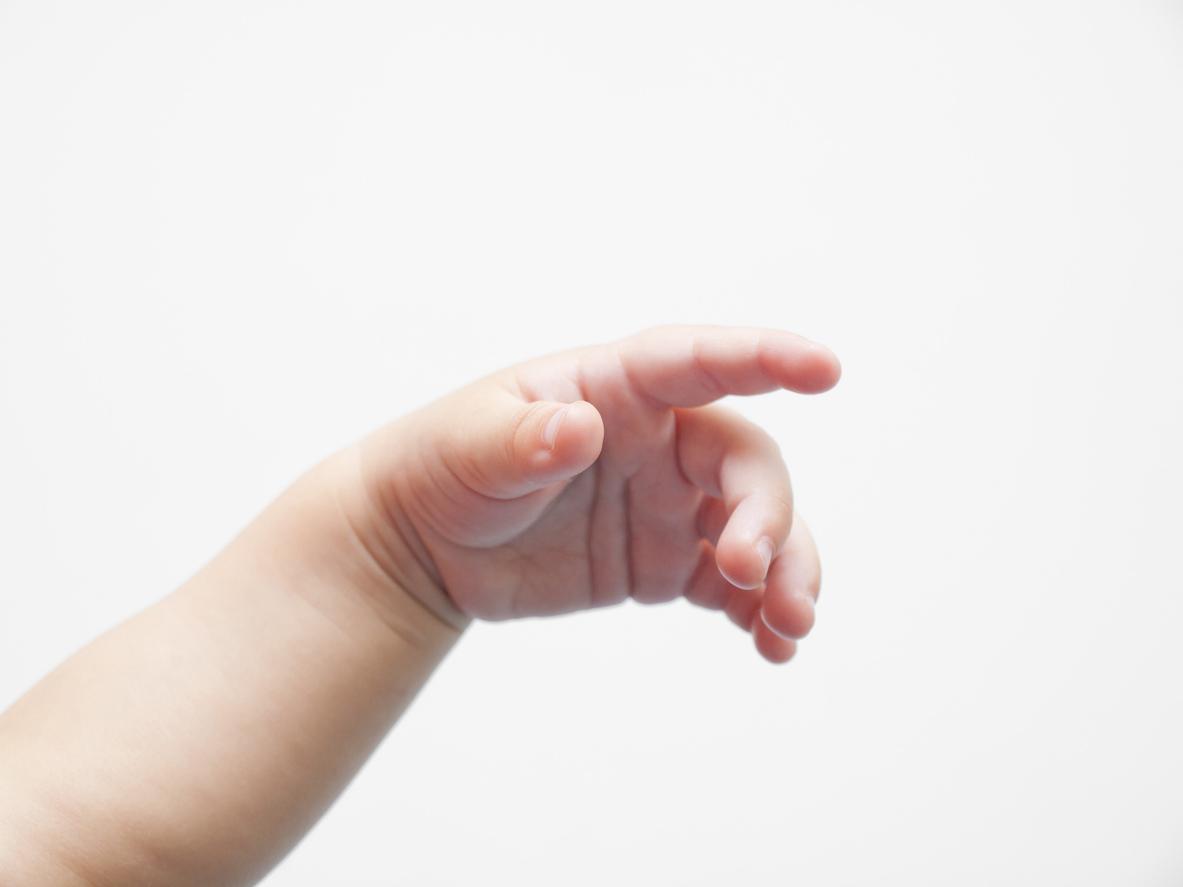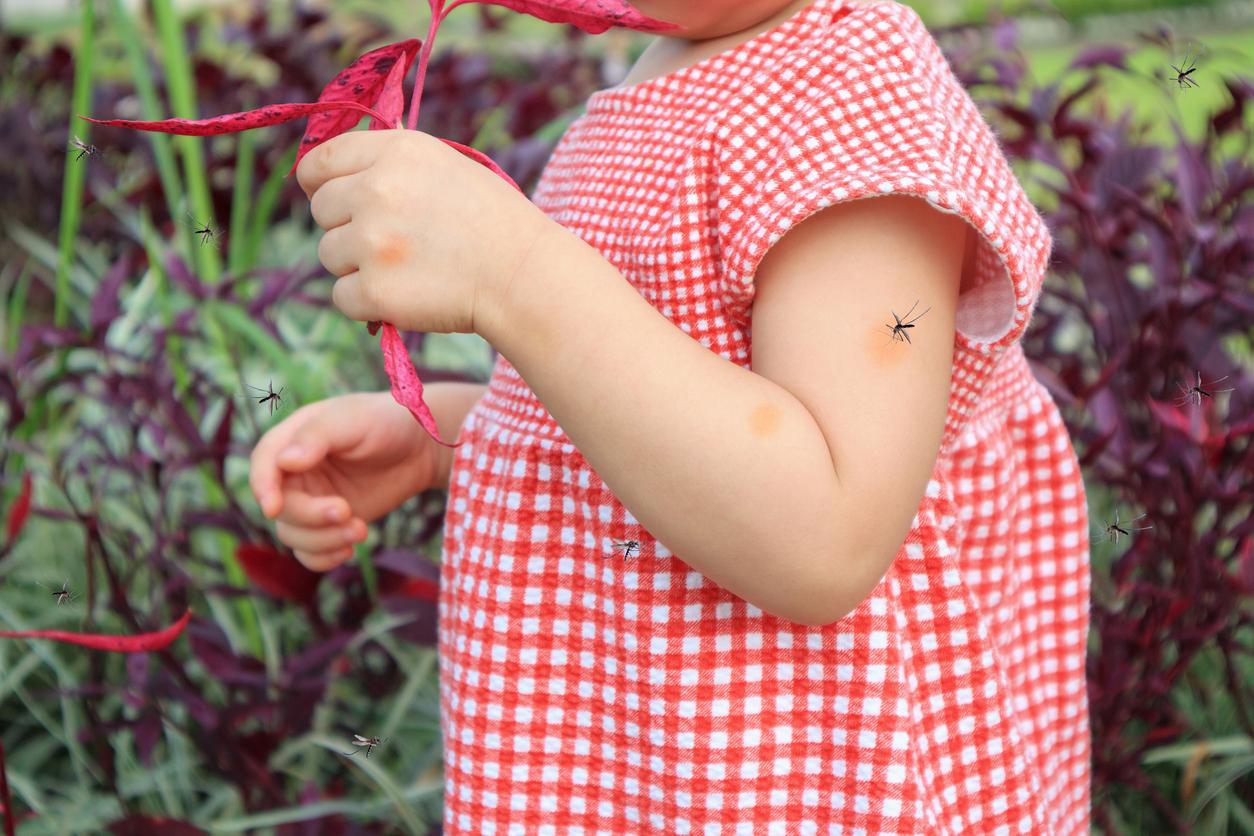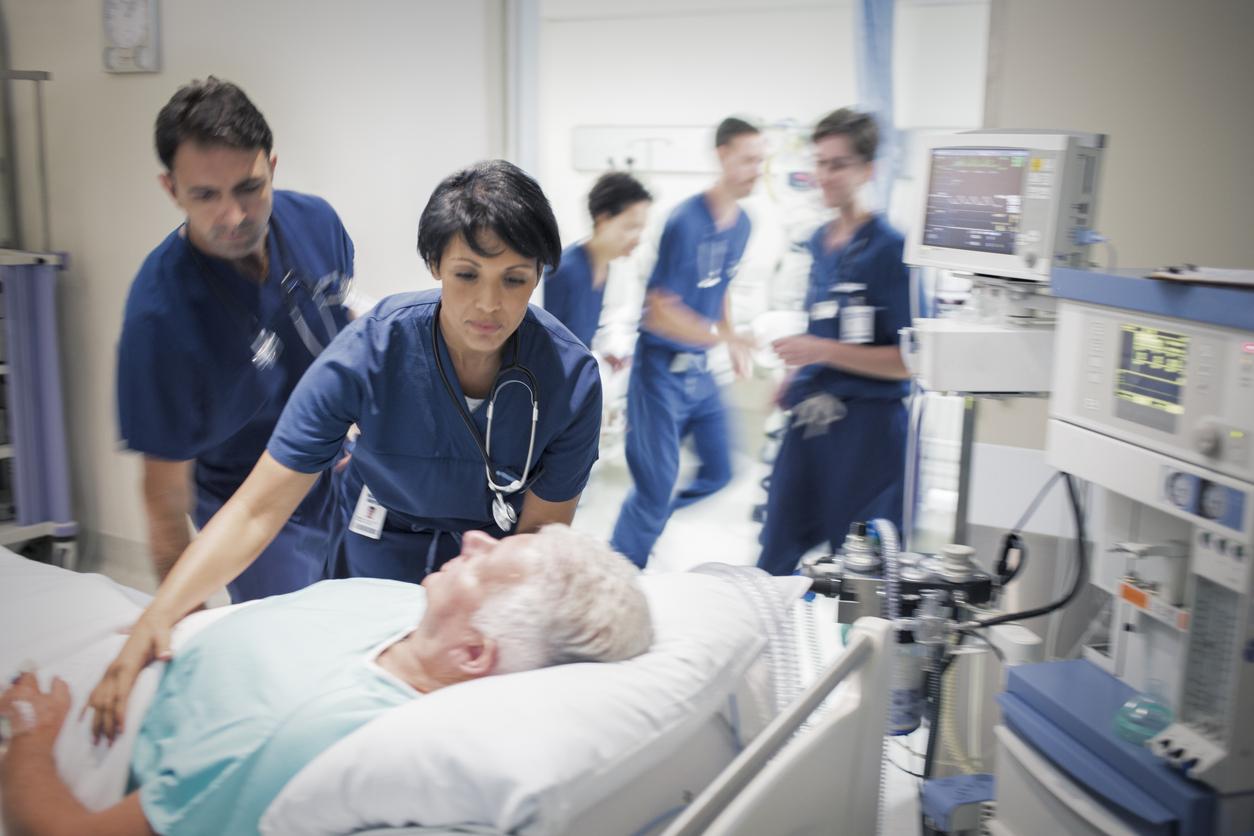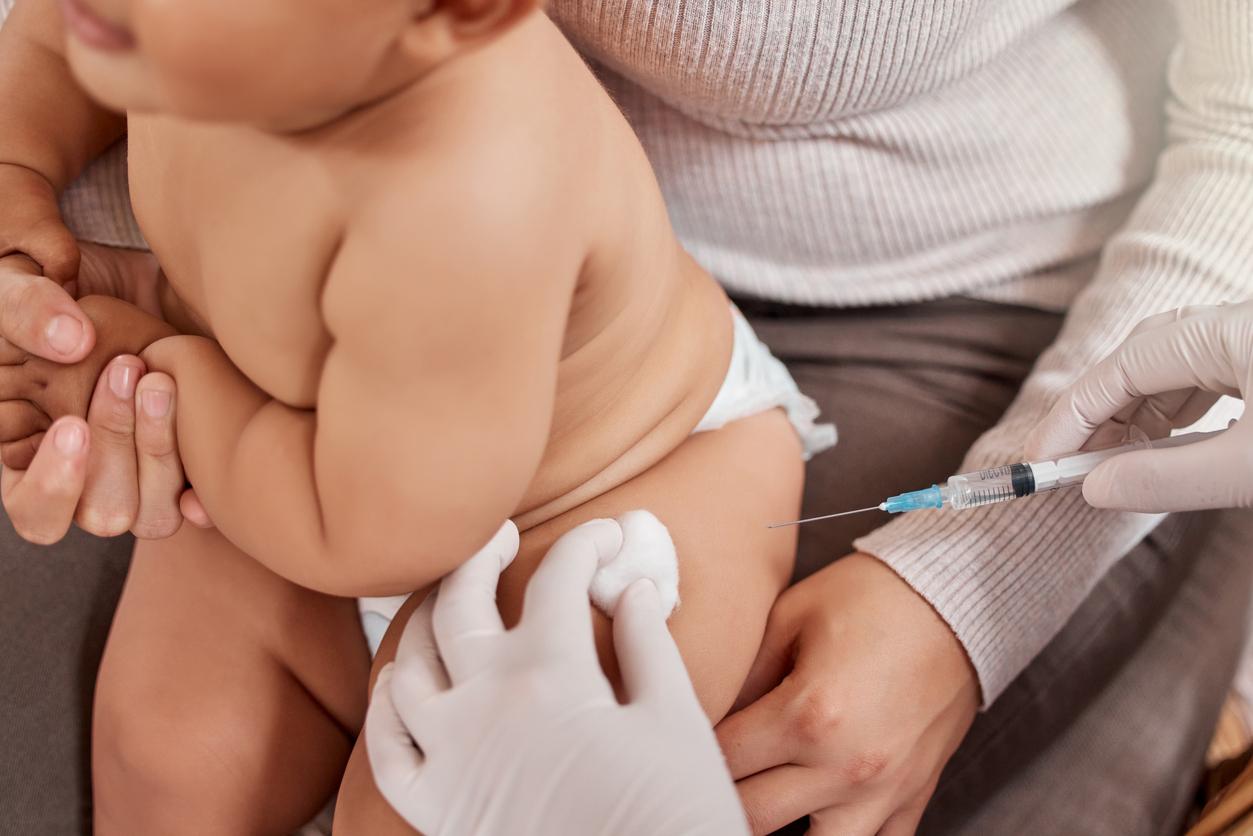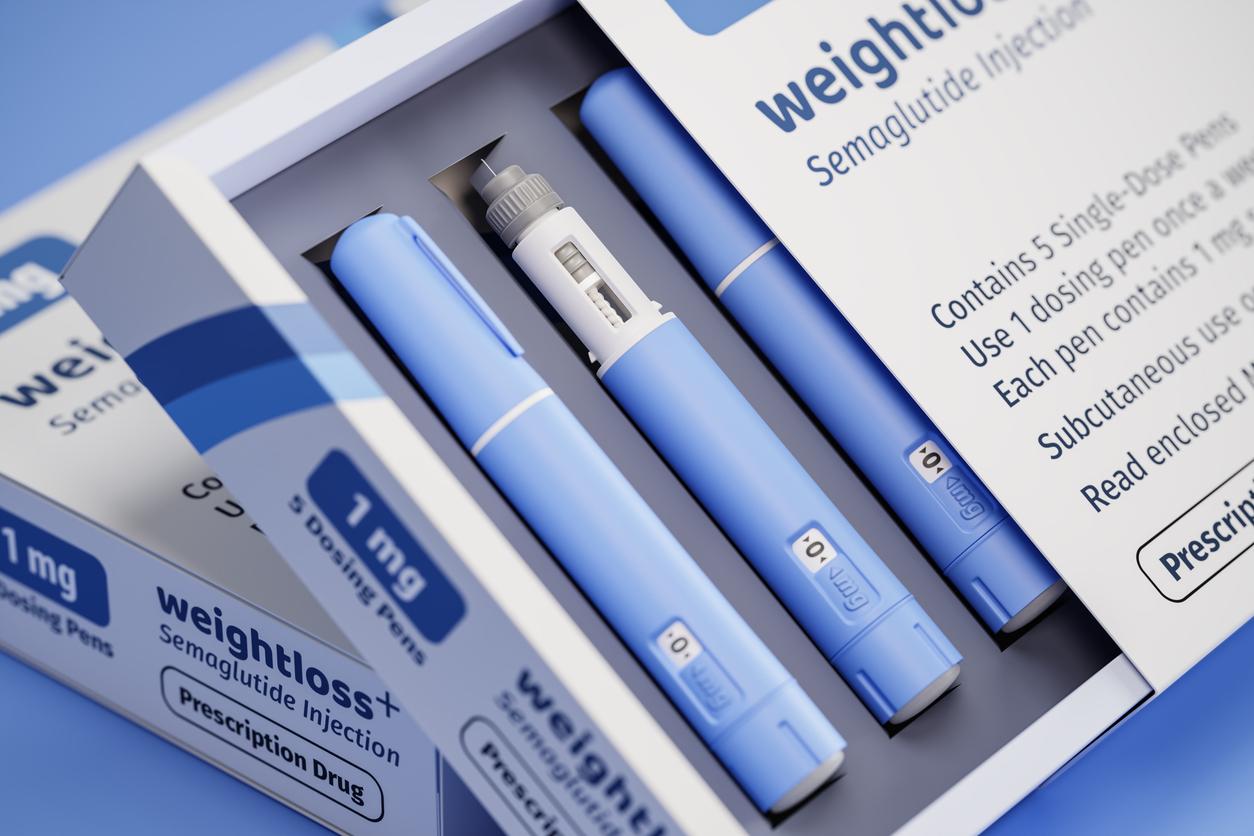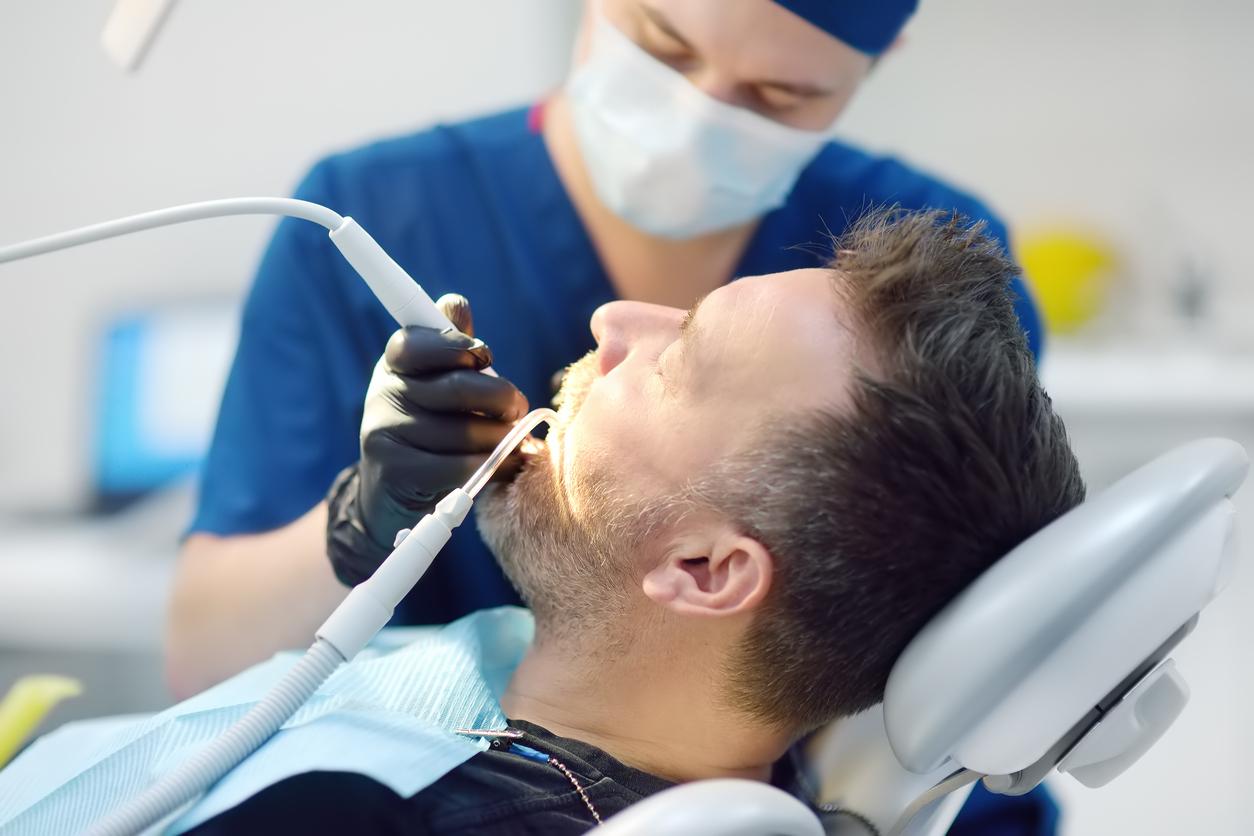The HAS will publish information sheets on the prevention and management of positional plagiocephaly in the coming months.

“Wouldn’t he be a little flattened?” This is the question that many young parents have already asked themselves about the skull of their newborn baby. And even more since this spring. The association of patients LIEN, chaired by Béatrice Ceretti, has in fact grasped last April, the High Authority for Health as part of the new system of the right to alert. The LIEN believes that there is a real public health problem. The skulls of young French children are more frequently flattened since it is recommended to lay them on their backs. Faced with a questioning of this recommendation, yet followed internationally and which has avoided many cases of unexpected infant death, other associations (Naître et Vivre, ANCReMIN in particular) and many pediatricians have stepped up to the plate.
At the time of its session of June 28 last, the HAS considered that the referral to LIEN met “the conditions of admissibility”; she therefore included the subject in her program of work and indicated that she would produce two documents on the prevention of the risks of plagiocephaly in infants.
Few works in France
Is plagiocephaly a new “epidemic”? Pediatricians do not deny that the number of babies with skull deformities has increased in recent years. For the LINK, there seems to be no doubt that this is directly related to the recommendations for sleeping on the backs of infants. “It is true that we have seen more plagiocephaly since then, but it is also at this time that the fashion for carrycots and” cozy “of all kinds began”, remarks for his part Dr. François -Marie Caron, pediatrician at the maternity hospital in Amiens, and president of the Picardy Perinatal Network. The doctor especially emphasizes that “there is no scientific proof today to prove a link between sleeping on the back and plagiocephaly”.
The HAS noted for its part, in its decision of June 28, “the absence of French work on the subject”. But many studies have been carried out abroad, and recommendations already exist. in some countries, for the prevention and management of plagiocephaly.
The existence of this work has led the HAS to decide not to produce recommendations strictly speaking, but to publish in the coming months a “memo sheet” intended for healthcare professionals and an information document intended for the public. “Producing recommendations is necessary when the subject is complex and there is no consensus in the available data, it is a long process, around 18 months,” explains Florence Gaudin, head of the press service at HAS. In the case of plagiocephaly, the existing data and recommendations make it possible to orient rather towards a “memo sheet” which could be available more quickly. “
Puzzled parents
An approach that Dr. Caron considers useful: “It is very good that we soon have a document stamped HAS, this will allow parents to see more clearly.” The pediatrician is worried to see parents “more and more lost between the recommendations of doctors and everything they hear or read elsewhere, at the risk of no longer lying their baby on their back”. Because this is the problem, the other positions sometimes suggested, on the side in particular, are not safe for toddlers.
François-Marie Caron recalled in our columns, last April, that once on the side, babies can find themselves face down and that they are unable to turn around before the age of at least 4 months. As for the “baby wedge” which sites of childcare articles abound, the doctor recalls that they were banned from the American market, because considered dangerous by the health authorities. “You can put the baby to sleep once at the head of the bed and the next time on the other side, with a mobile on the side to get his attention. On the other hand, you sleep on your back without a pillow and without a blanket, ”the pediatrician simply advises.
Get the little ones moving
Pediatricians, physiotherapists and osteopaths agree on at least one point: any lack of mobility restricts the child’s movements and encourages him to stay in one position, which can promote plagiocephaly. It is not uncommon for a flattened skull to lead to the diagnosis of torticollis in the baby. Physiotherapy sessions will then be useful.
Even if no study proves the effectiveness of the method, many parents rely on osteopathy. “We act, always in a very gentle way, to release tension on the spine and restore freedom of movement,” explains Youri Bertucchi, osteopath DO in Toulouse. The physiotherapist will instead help the child to move, to work on the mobility of his trunk and his limbs, our actions are complementary. The earlier parents consult, the better the recovery. “
The practitioner recalls that the fight against plagiocephaly involves simple actions that increase the mobility of the infant during the day: “An awakening mat can be used from birth. And do not hesitate to make babies play on their stomachs, even if they protest a little, it allows them to work on their support ”. The osteopath also stresses the importance of not abusing the basket, which is considered to be very practical by many parents. “Babies sometimes spend a lot of time there, but they’re not always comfortable there. The position they adopt is a little comparable to ours, slumped in a sofa: that does not promote trunk mobility ”. During the first months, it is therefore necessary to prefer carrying, in a sling in particular, which puts the baby in a much more physiological position, “and within range of kisses, it is also important”, smiles Youri Bertucchi.
.







